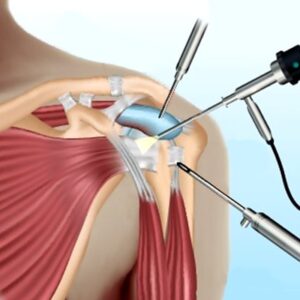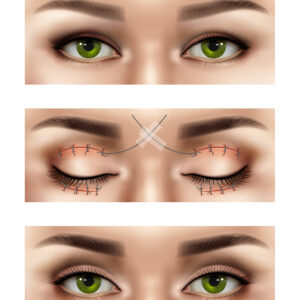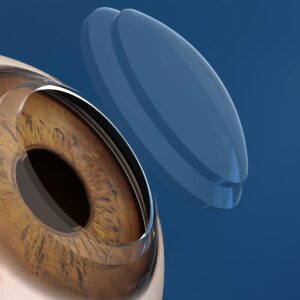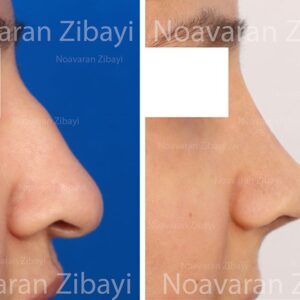Please note all prices are just for operational fees and without used supplies & devices .
Average non-surgical (medical) treatment fees for International Patients department.
| No. | Service | Price |
|---|---|---|
| 1 | General Wards (per night) | 300$ |
| 2 | Intensive Care Unit (per night) | 500$ |
| 3 | Chemothrapy per night | 100$ |
From: 1,400.00$
From: 1,400.00$
Embark on a transformative journey with our exceptional range of medical treatments. As a leading medical tour operator, we offer a comprehensive selection of world-class treatments and procedures to address your unique healthcare needs. From advanced surgeries to cutting-edge therapies, our team of experienced professionals is dedicated to providing top-notch care and ensuring your comfort and satisfaction. Discover a new level of healthcare excellence with our tailored treatment options. Book now to start your journey towards a healthier and happier you.
Familiarity with Treatment: Breast lesion excision, also known as an excisional biopsy or lumpectomy, is a surgical procedure to remove a lump or abnormal tissue from the breast. This procedure is often performed to diagnose or treat breast cancer or other benign breast conditions.
Procedure Explanation:
| Country | |
|---|---|
| City | |
| Hotel | |
| Visa | |
| Translator | |
| Transfer | |
| Stay at Hospital | |
| Language | |
| Insurance | |
| Stay at Hotel | |
| City Tour |
Only logged in customers who have purchased this product may leave a review.






Reviews
There are no reviews yet.